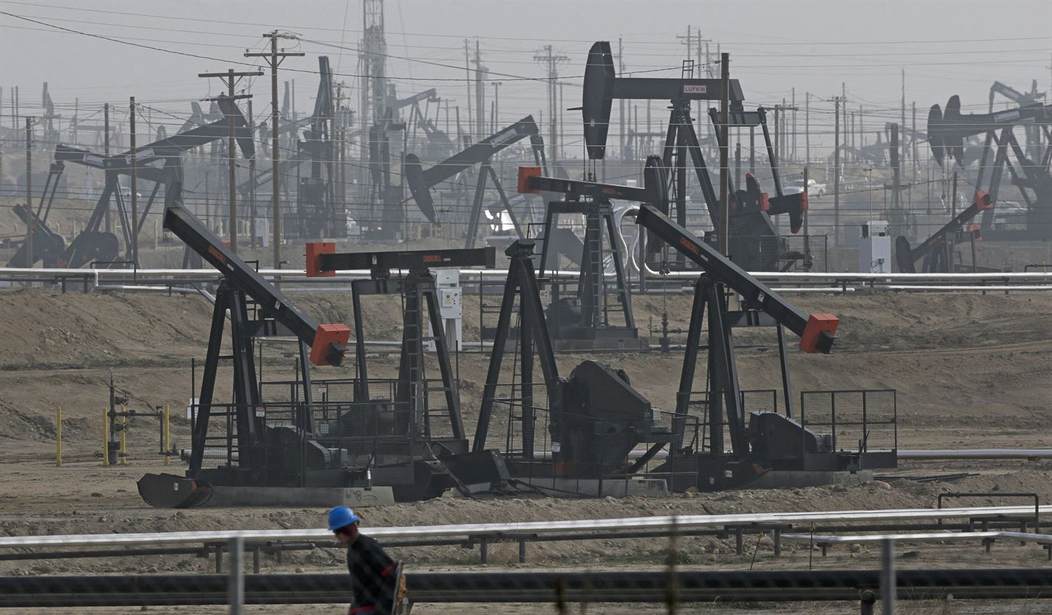Two previous Iranian-proxy drone attacks on Saudi Arabian petro-targets look suspiciously like rehearsals for the Sept. 14 attacks on the Abqaiq oil production complex and Khurais oil field.
The attacks, on May 14 and Aug. 17, 2019, would have provided Iran with intelligence regarding Saudi air surveillance operations while combat-testing the strike and guidance capabilities of its armed drones and cruise missiles. Those attacks should have alerted the Saudis to quickly improve the local air defenses of key oil shipment "chokepoints" like Abqaiq.
Apparently, they didn't.
Clarifying labels helps define key military and technological issues in all three attacks. Drone is slang for an unmanned aerial vehicle. A UAV might be autonomous (self-guided and controlled) or remotely piloted (RPV) with digital links connecting UAV and pilot. Three decades ago, UAVs and cruise missiles were distinct species, but technology has blurred some differences. An Iranian "suicide drone" that hits a target is functionally a slow, cheap cruise missile; the term Unmanned Aerial System (UAS) has emerged.
Turning to the previous attacks: On May 14, "explosive-laden drones" blasted two pumping stations on the East-West Pipeline linking eastern Saudi Arabia and the Red Sea port of Yanbu.
The pipeline, just south of Iraq, was quickly repaired. The attack occurred two days after Iranian agents attacked two oil tankers -- another type of petro-target. The tankers were near the Persian Gulf's Strait of Hormuz -- a geographic shipping chokepoint. Yanbu is an alternative export route circumventing Hormuz. The drone-delivered geopolitical message is obvious.
Recommended
Some commentators speculated the attack came from Iraq, not Yemen. Drones attacking from the north, not the distant west? Perhaps. Pro-Iranian Hezbollah militias infest western Iraq.
On Aug. 17, 10 armed UAVs struck the "super-giant" Shaybah oil field in eastern Saudi Arabia at the edge of The Empty Quarter near the United Arab Emirates border. Ten arriving near-simultaneously signals a coordinated attack. The drones flew 1,000 kilometers from Yemen; they hit infrastructure but failed to disrupt production.
Saudi officials called it the "biggest attack in the depth" ever conducted against the kingdom. It recalled a July 2018 long-range drone attack on the UAE's Abu Dhabi airport. Yemeni Houthi rebels claimed Sammad-3 drones they manufactured (alleged range 1,400 kilometers) did the deed. The UAE denied the attack occurred. The Sammad-3 is an Iranian design.
Why target Abqaiq and Khurais? Abqaiq, which processes about 7 million barrels of oil a day to remove impurities before export, is a global energy chokepoint. It is also a static target packed with volatile substances ready to blow. Khurais is Saudi Arabia's second-largest oil field and pumps about 1.5 million barrels a day. Damage them and oil prices spike.
And oil prices have risen.
Media sources report over 20 drones and missiles conducted the attacks; U.S. photos support that. Abqaiq took 17 hits and Khurais at least two.
Houthis quickly claimed they launched the attacks. However, to hit Abqaiq, Yemeni UAVs must cover 1,300 kilometers on a direct path. Blaming Houthi proxy forces smacks of shop-worn Iranian "plausible deniability" scams.
Media report that American officials believe the mix of drones and cruise missiles employed in the attack were launched from Iranian territory. The U.S. has the satellite and electronic assets to back that assertion with facts but not for public display.
The U.S. claim makes sense without the classified intel. Drones and missiles launched from southwestern Iran need only fly 600 to 650 kilometers, passing over Kuwaiti or Iraqi territory to attack. Shorter distances increase the likelihood of multiple UAVs arriving simultaneously, aiding attack coordination. Circuitous, low-level routes help mask launch sites. Attack from an unexpected direction can help evade air defense radar and surveillance detection.
Don't believe the fearmongers. The attacks are desperate acts by a desperate and vulnerable Iranian regime. But note this: Geopolitical risk never left the oil market. North American oil and gas production has risen. However, those barrels and cubic feet buffer but do not eliminate energy disruption by violent regimes bent on troublemaking.






















Join the conversation as a VIP Member